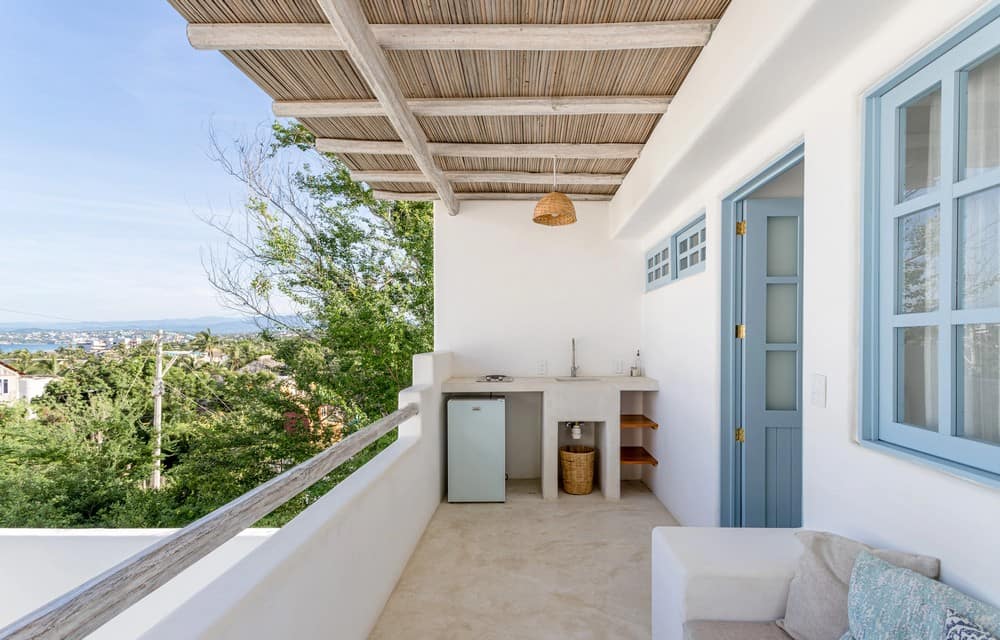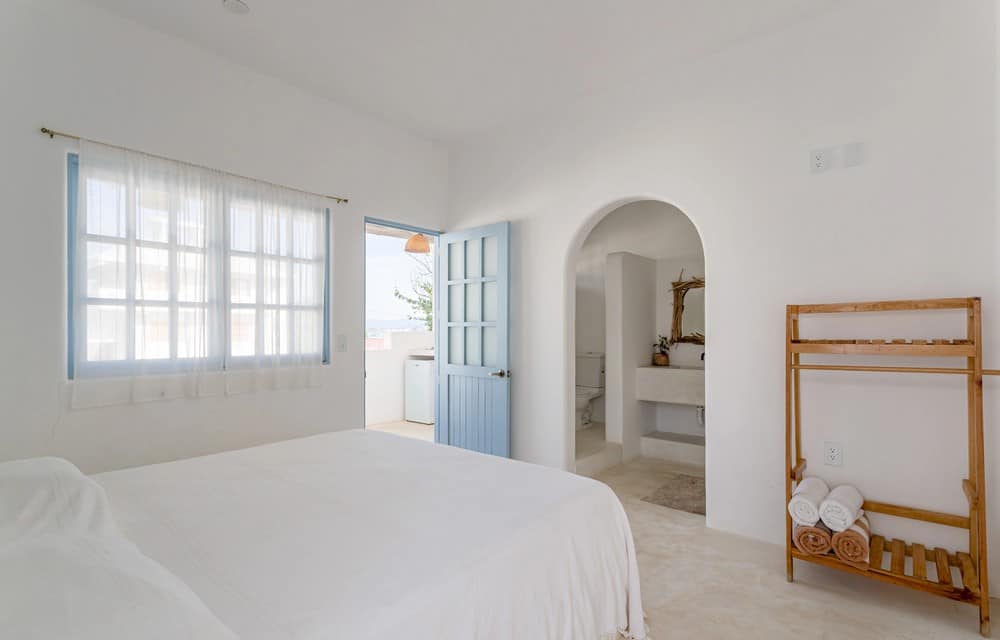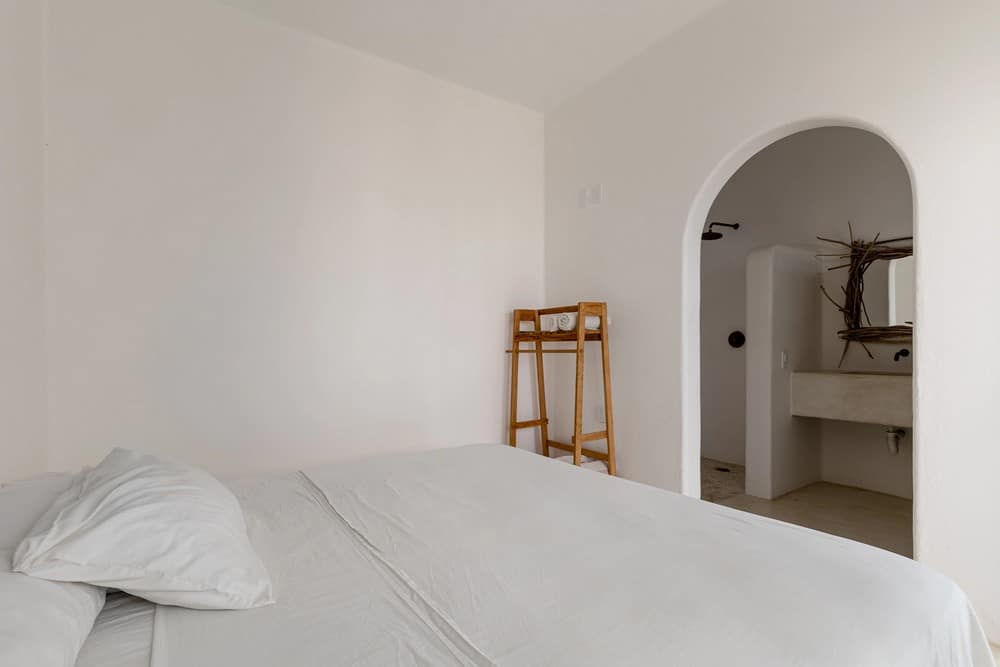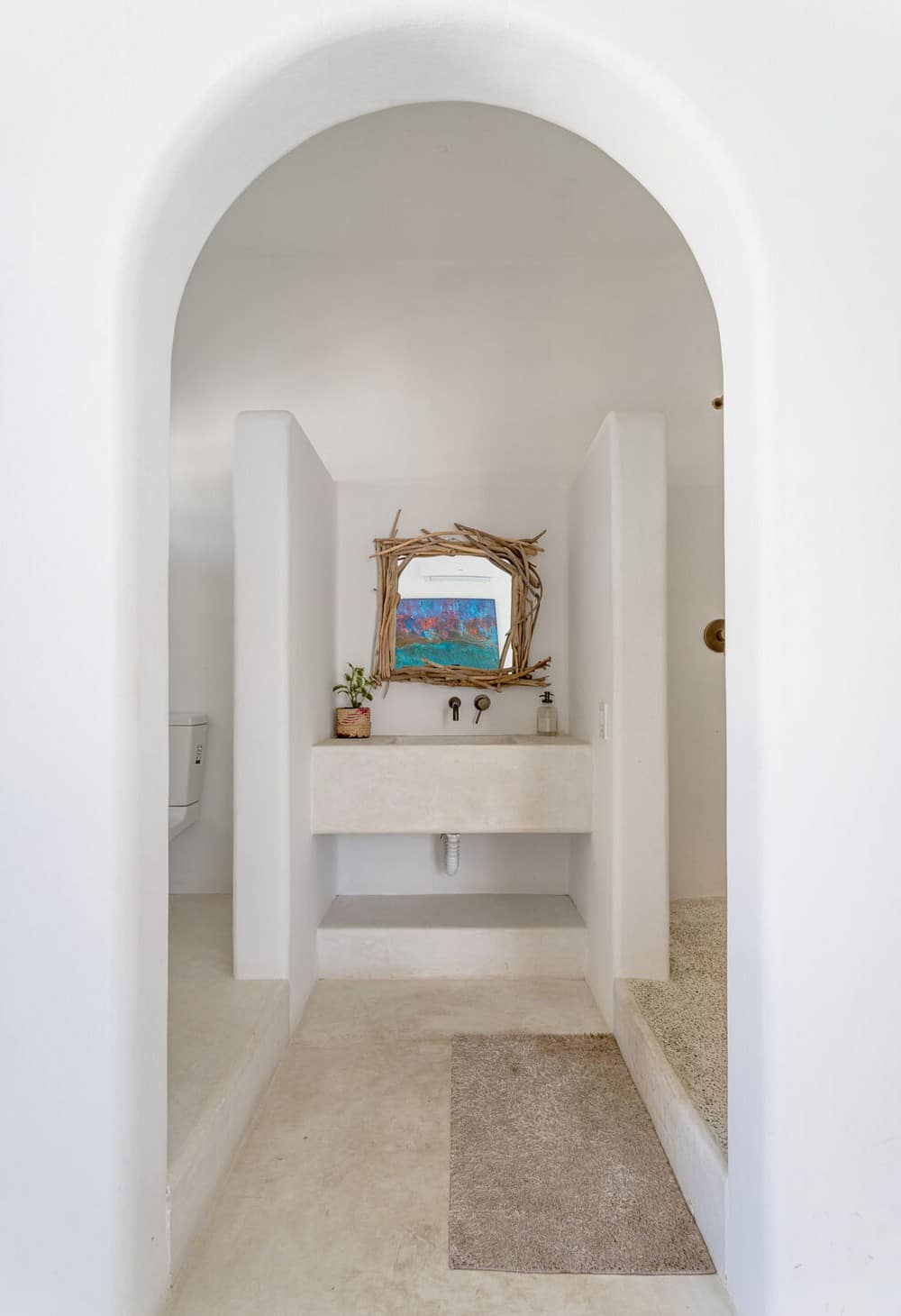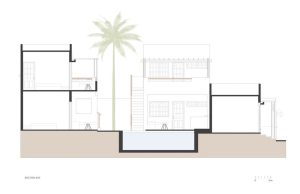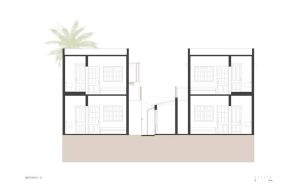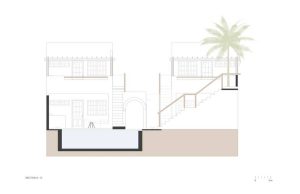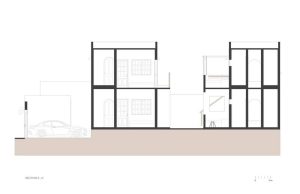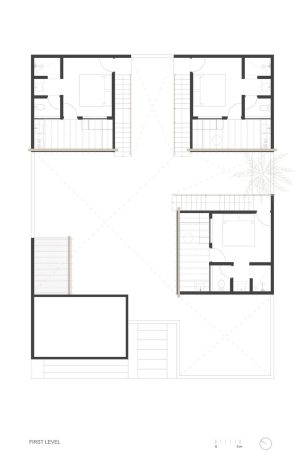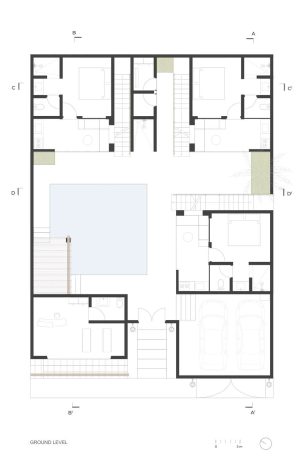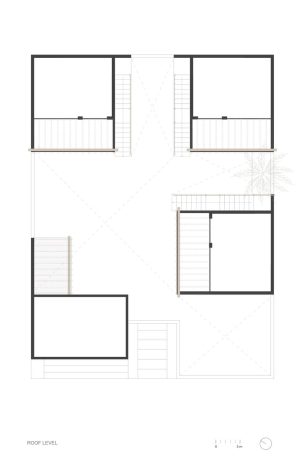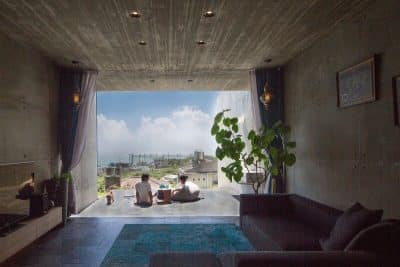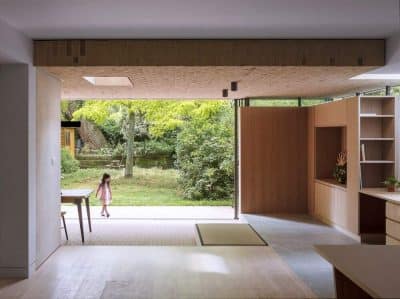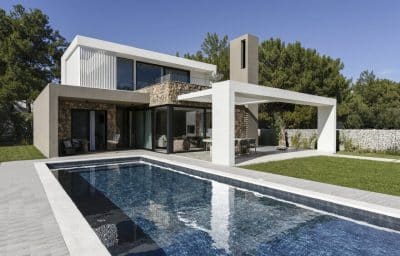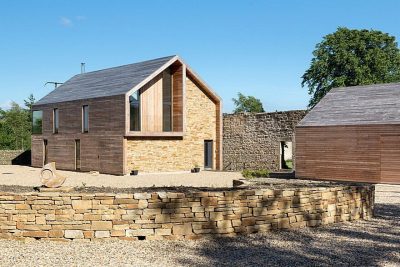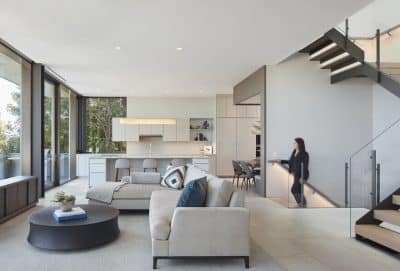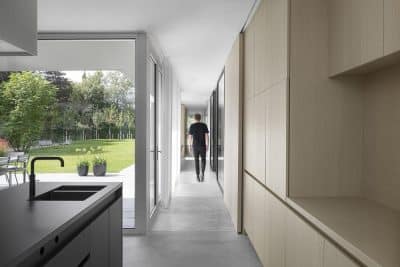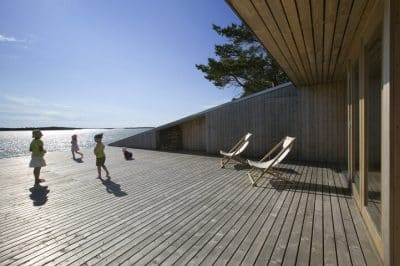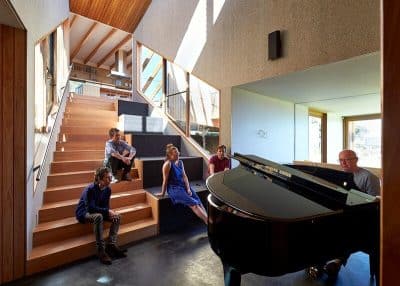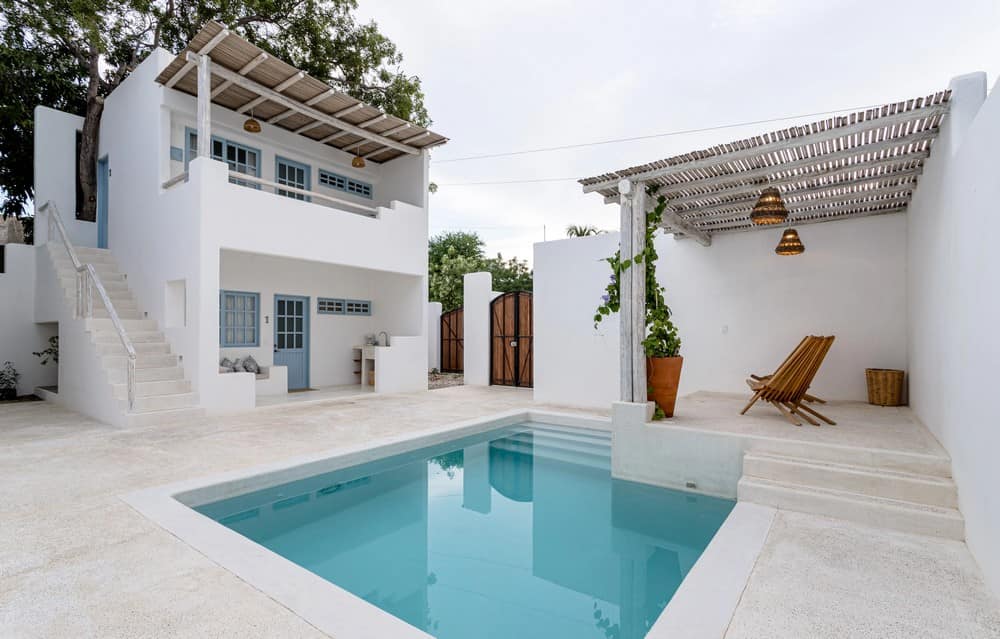
Project: Punta Mayia House
Architecture: Garquiteg
Location: Brisas de Zicatela, Oaxaca, Mexico
Size: 341,5 m2
Year: 2022
Photo Credits: Alex Kortkov
Located in Zicatela, Oaxaca, on the southwest coast of Mexico, within the conurbation of Puerto Escondido, Punta Mayia House stood in a place of high tourist demand and was ideal for recreation. With a population of 45,000 inhabitants, this city stood out for its recreational and surfing beaches, its gastronomy, its orography, its vernacular architecture, and its bohemian charm. These characteristics positioned this city as one of the fastest-growing and most attractive vacation destinations in the country and internationally.
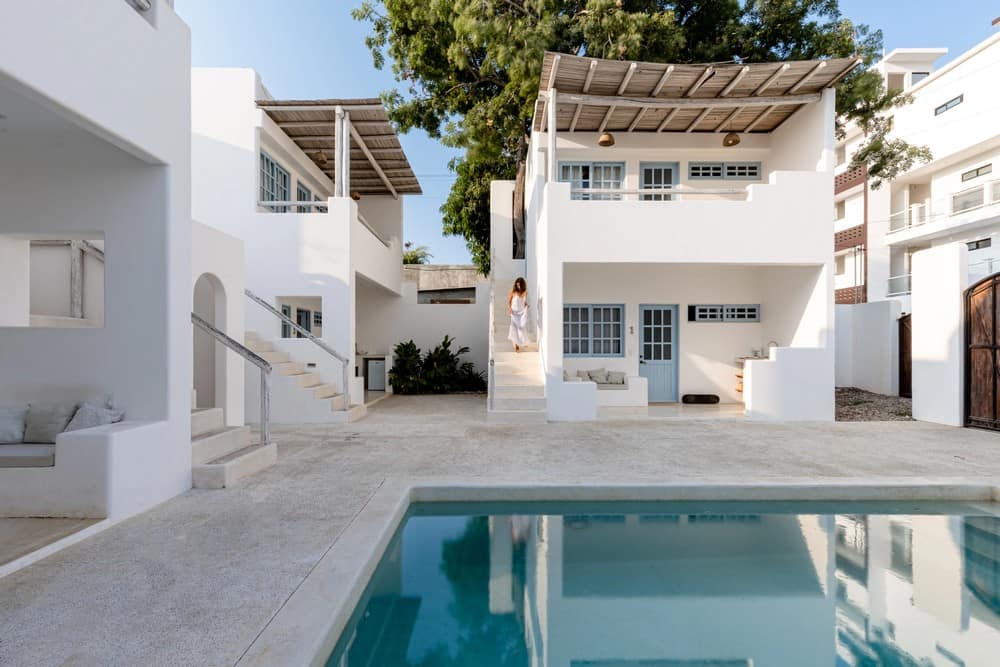
Situated in one of the areas with the highest tourist potential, just within a 10-minute walking distance from the beach, the Punta Mayia House was designed through a rigorous market analysis to respond to the high vacation demand and provided an accessible and innovative option for local and foreign tourists. Punta Mayia House was located on a rectangular plot adjacent to an area of high tourist influx. Its proximity to the beach and various businesses made it a privileged residence within its immediate context.
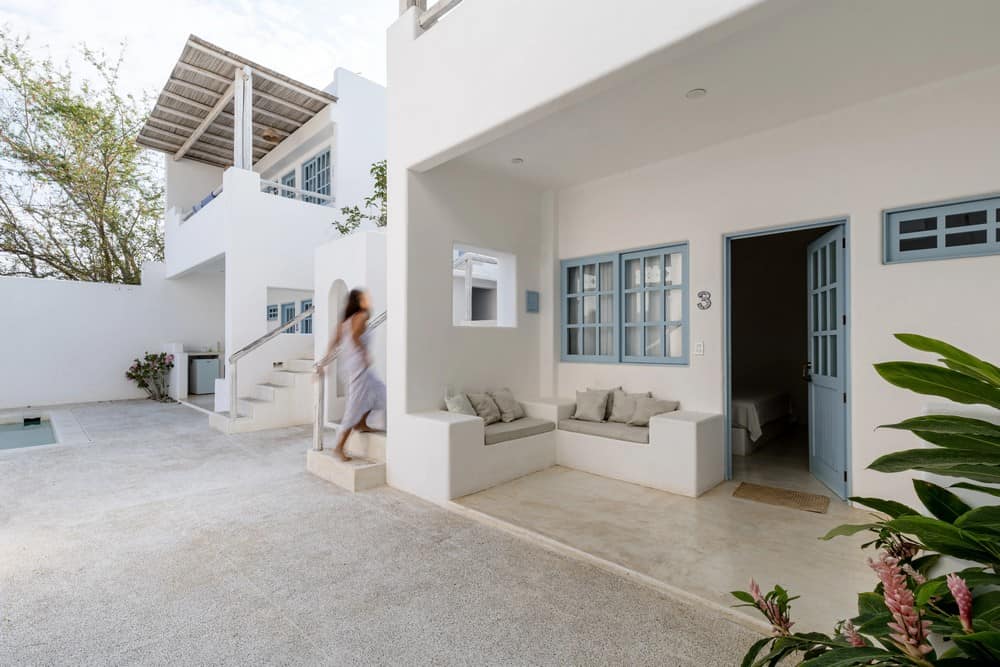
The pre-existing offer in the vicinity of the site was marked by residences with little or no dialogue between private and public areas. The lack of vacation rental residences that enjoyed common areas to promote a meaningful internal experience created the central challenge of Punta Mayia.
The project aimed to attract tourists between 20 and 45 years old, offering a segmented experience tailored to this demographic group. With all these considerations in mind, the residence was conceived with the idea of creating multiple exclusive rental rooms for the Airbnb platform, with the main objectives being its economic use promoted through a new vacation proposal where public areas were protagonists. In this way, the residence promoted an experience and enjoyment both inside and outside its facilities, establishing added value for itself and setting a benchmark for the surrounding area.
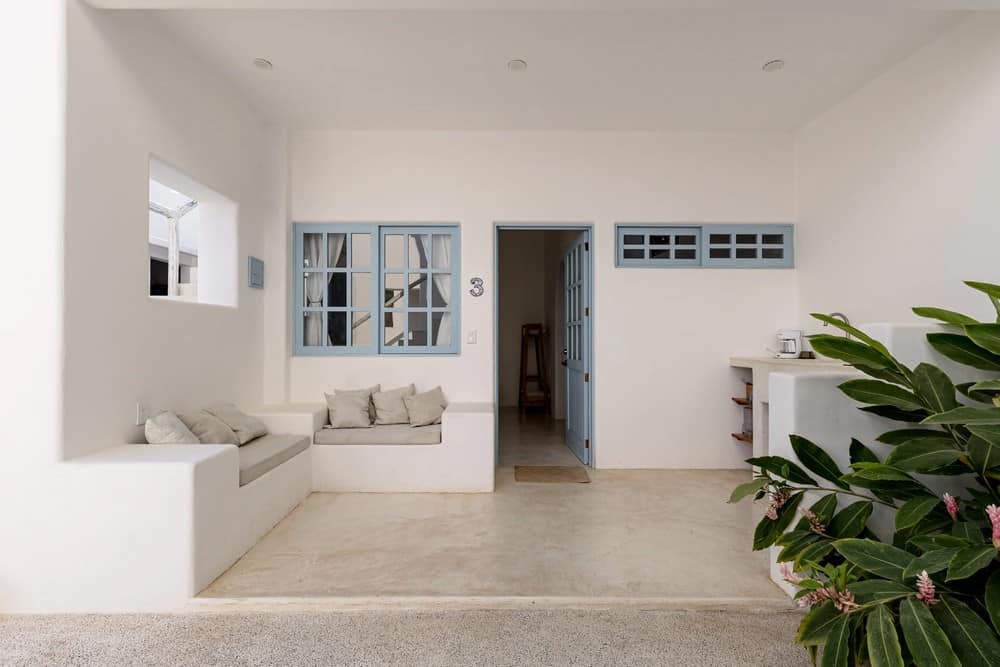
Formally, the Punta Mayia House was resolved through 3 main rectangular volumes arranged in each of the three corners of the land, around the pool and main patio. Each of them housed two rooms distributed over two levels. In this way, the program comprised six rooms, each equipped with a bathroom, an outdoor kitchenette covered on the terrace, which pierced and sculpted the main volumes.
Additionally, it included a machine room, storage room, central terrace, a commercial space with a half bathroom, and a garage for two vehicles.
The commercial space was located next to the main entrance and served as an additional space to maximize income generation. It was set to sell local crafts for the various local and foreign tourists in the area. The central terrace stood out as the nucleus of coexistence around which circulations between private areas were articulated.
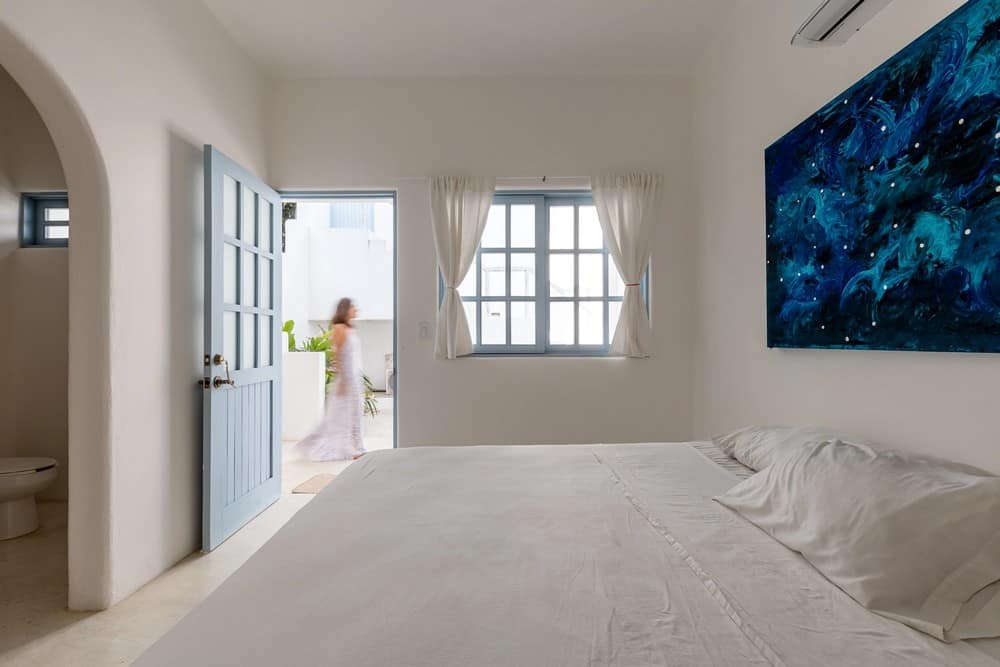
The architectural style was inspired by Mediterranean architecture, particularly that of Greek cities such as Mykonos and Santorini, to promote an active beach atmosphere throughout the project.
The design also incorporated elements of vernacular architecture taken from indigenous residences historically present in the area. These were reflected in the arrangement of fragmented volumes, which housed private spaces, around central common areas.
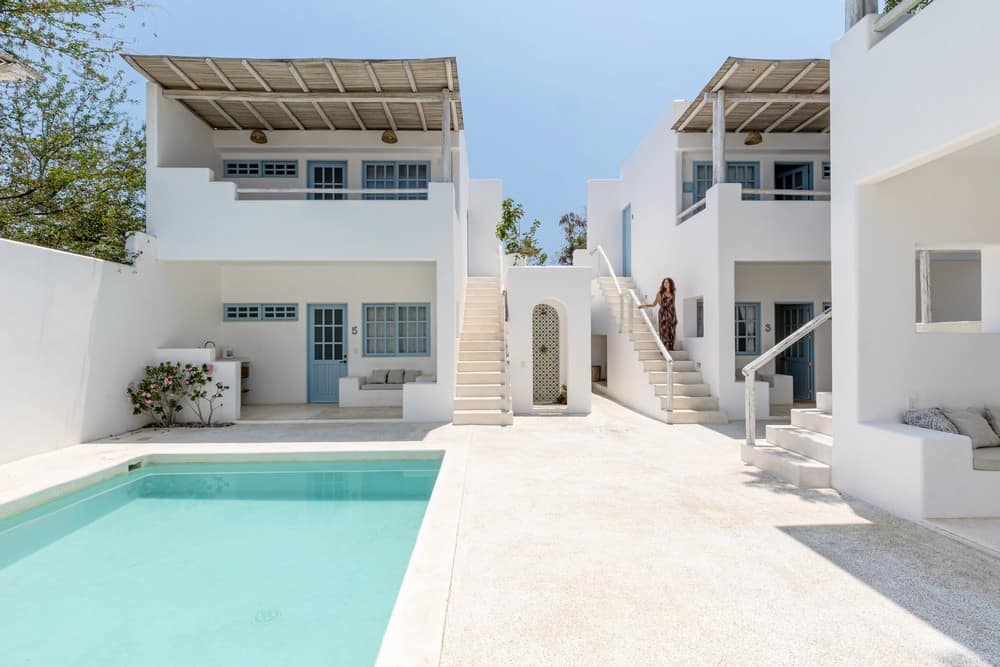
The finishes and materials were selected based on their durability and low maintenance within the inspirations. On the outside, white cement took center stage, manifesting itself on the facades of the main volumes, complemented by the sand tones of natural stones used as a load within the cement mix for all the corridors and stairs that served as main circulations.
This color was used mainly to mitigate solar incidence and reduce internal temperatures. Secondarily, Macuil wood and coconut bone in the roofs in gray tones, and wicker luminaires in warm tones contrasted chromatically with the predominant white.
The doors and windows, also made of Macuil and painted in a sky blue tone, completed the chromatic palette. Finally, the mosaic in the outdoor shower provided a visual detail and accent.
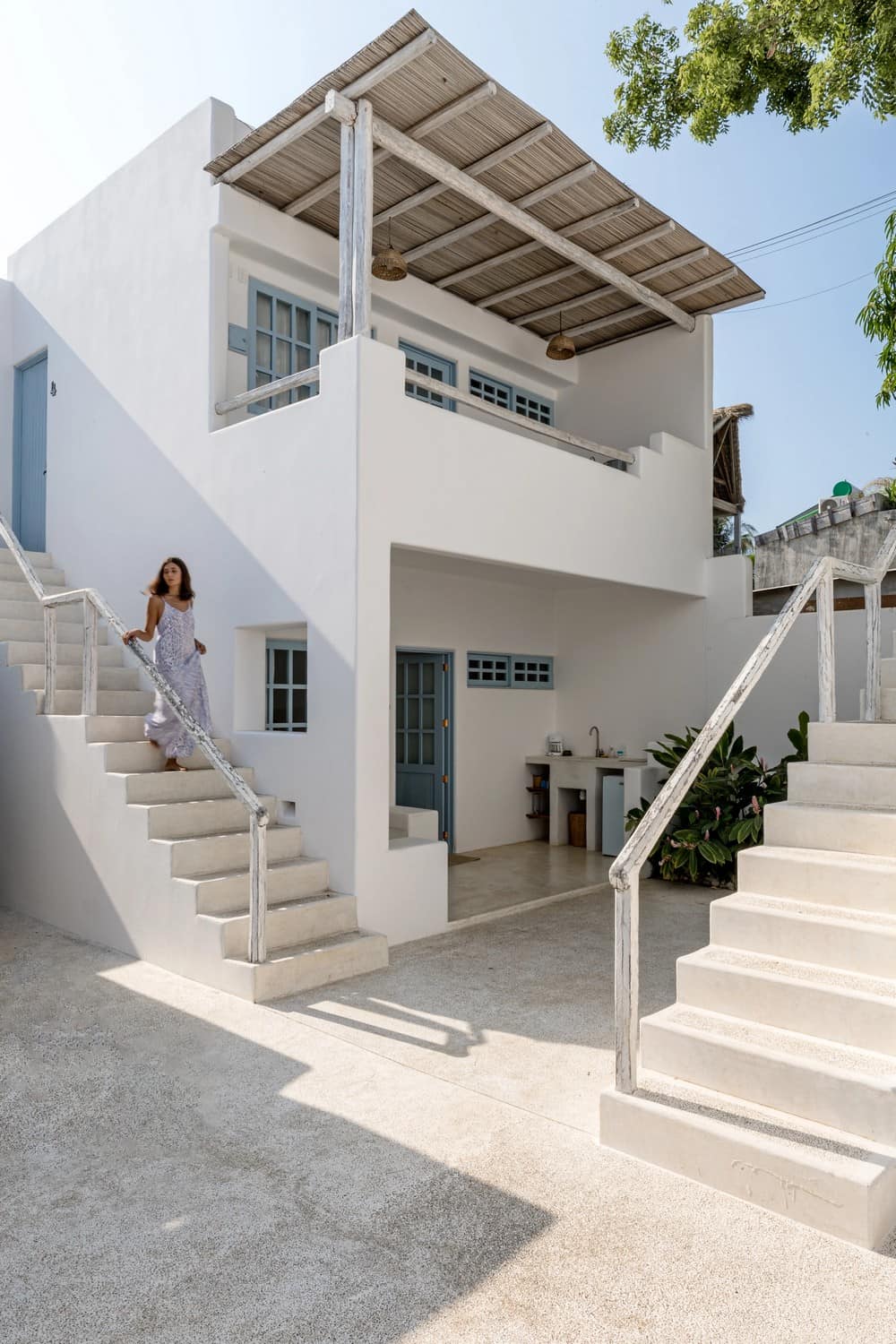
Inside, the white of the cement facades penetrated to give a sense of continuity to the beach atmosphere. The same sky blue of the doors and windows repeated the chromatic accents of the exterior, adding a unique authenticity and comfort to the beach environments present in the area, reinforcing the Mediterranean architectural style.
For these spaces, special furniture was designed, and the finishes were meticulously selected for this purpose, with cement plasters and paint on the walls, floors, sinks, and kitchens finished in white cement and marmolina casts.
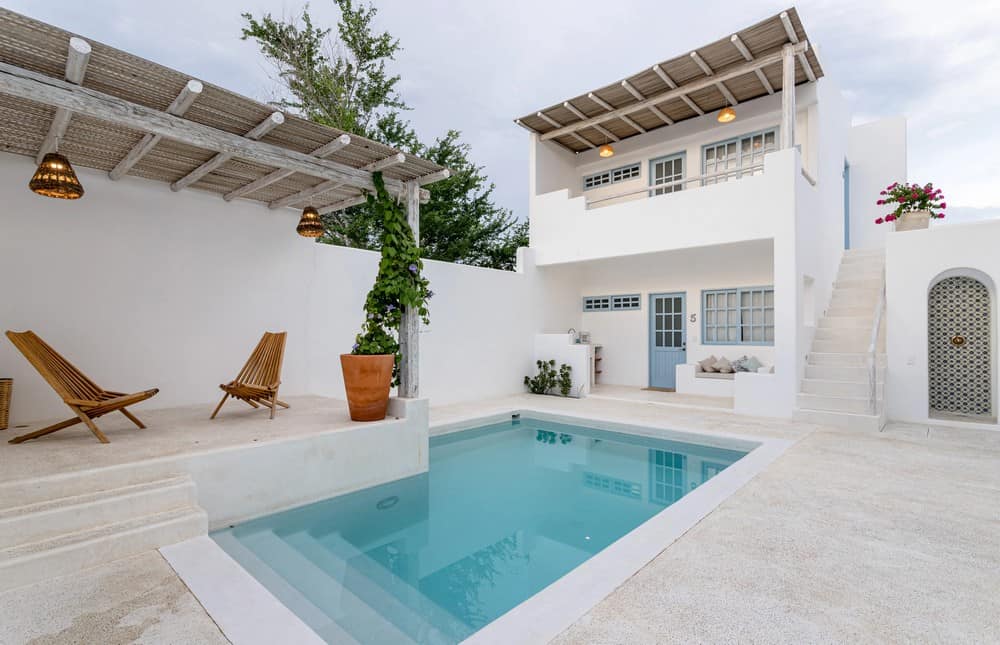
One of the most significant details of the project was the rescue of the neighbor’s tree, achieved through a perforation in the adjoining wall on the south side. This detail welcomed the entrance to one of the rooms, whose canopy extended to cover the room space, providing a direct connection with endemic nature. Complementarily, strategic vegetation was arranged within the residence to enhance the availability of elements.
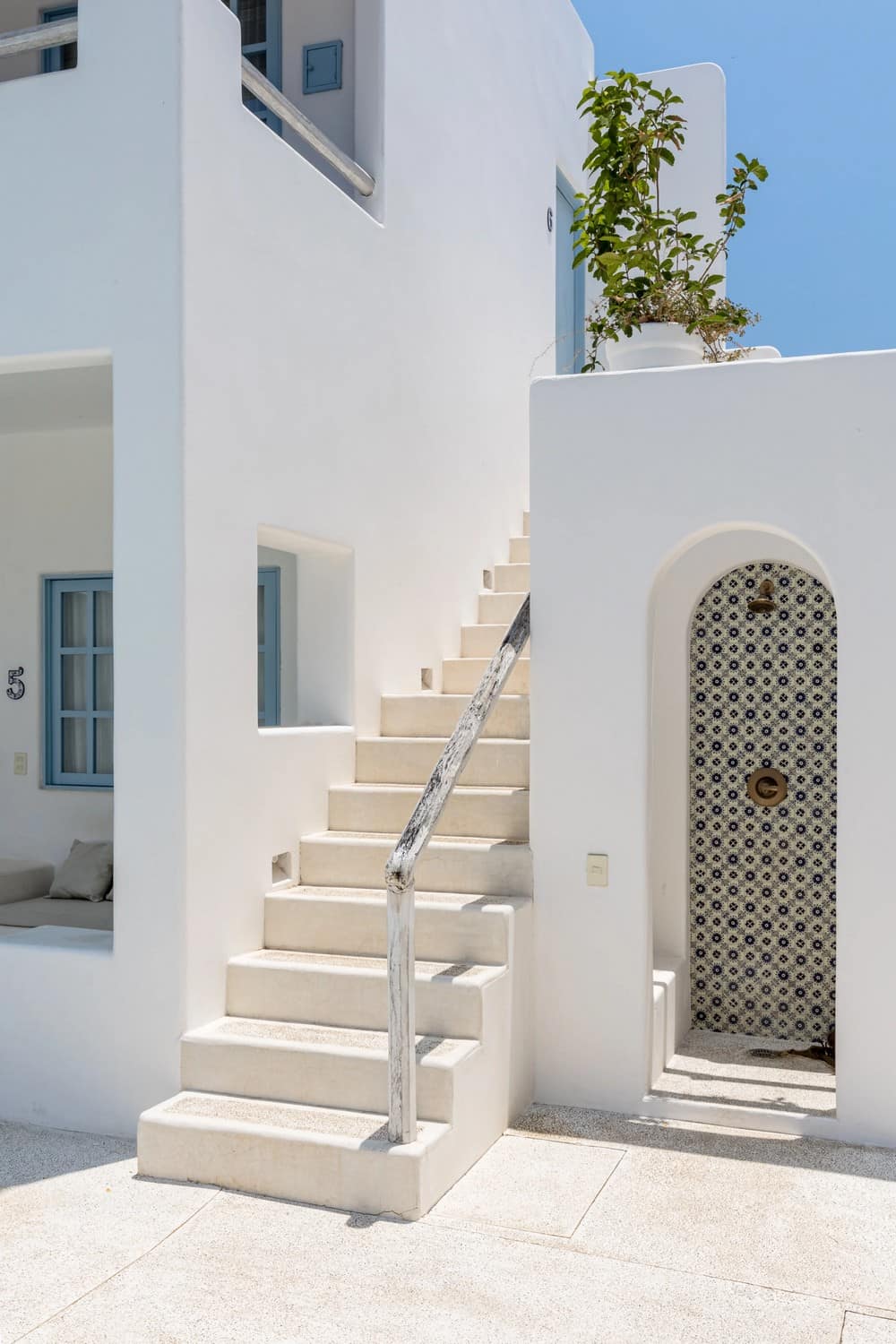
The Punta Mayia House stood out for its design, style, colors, and function, offering a unique architectural proposal in the area, successfully merging traditional Mediterranean elements of vernacular architecture in an environment that invited relaxation and enjoyment of its guests. With this, it became a benchmark in the area, considering its location and the high tourist demand in the area.
